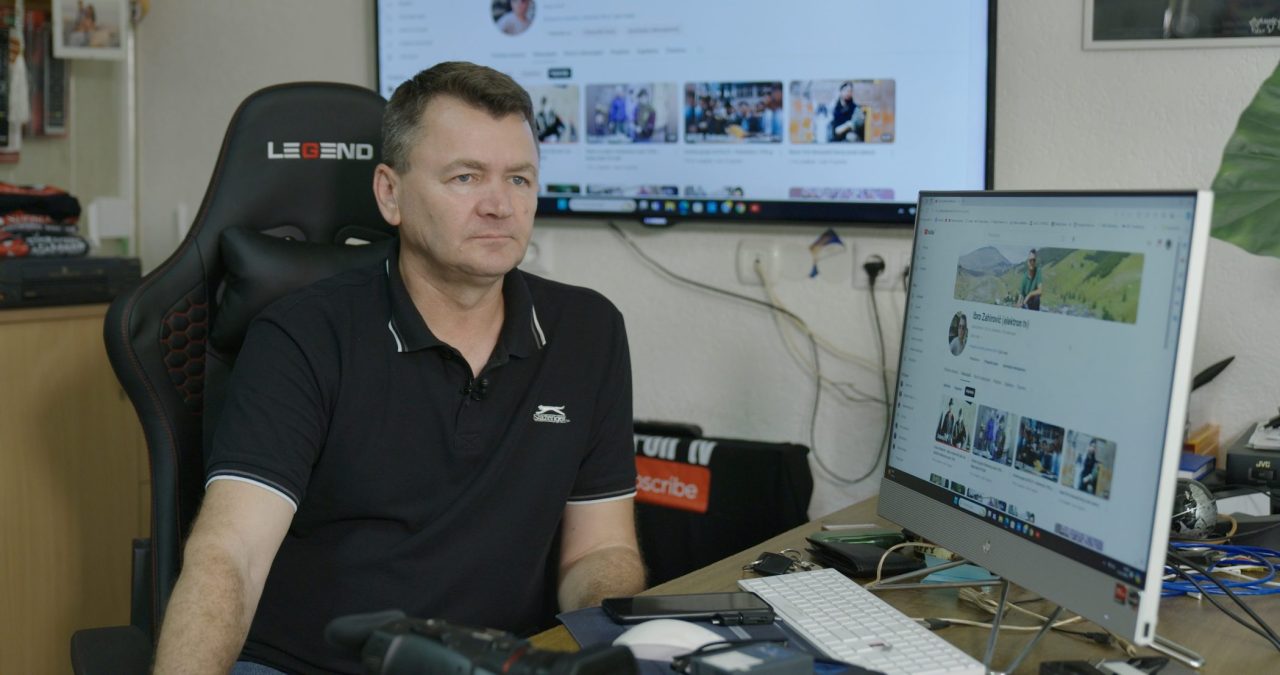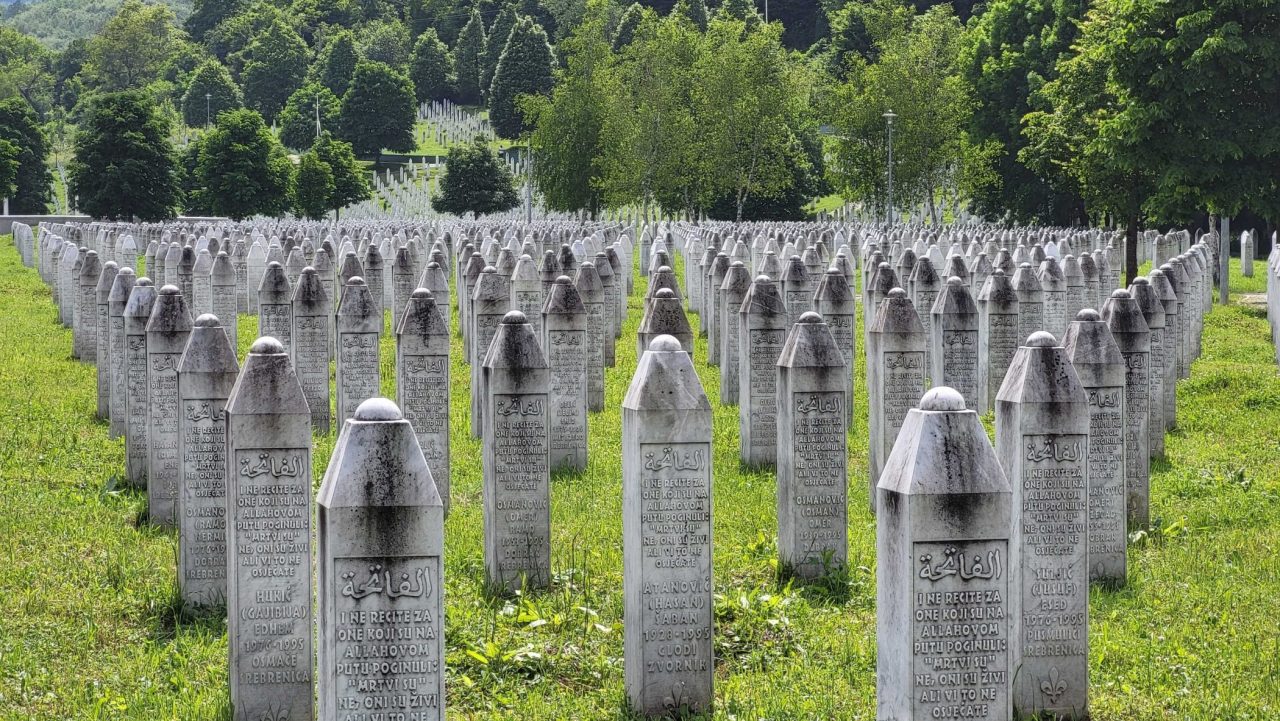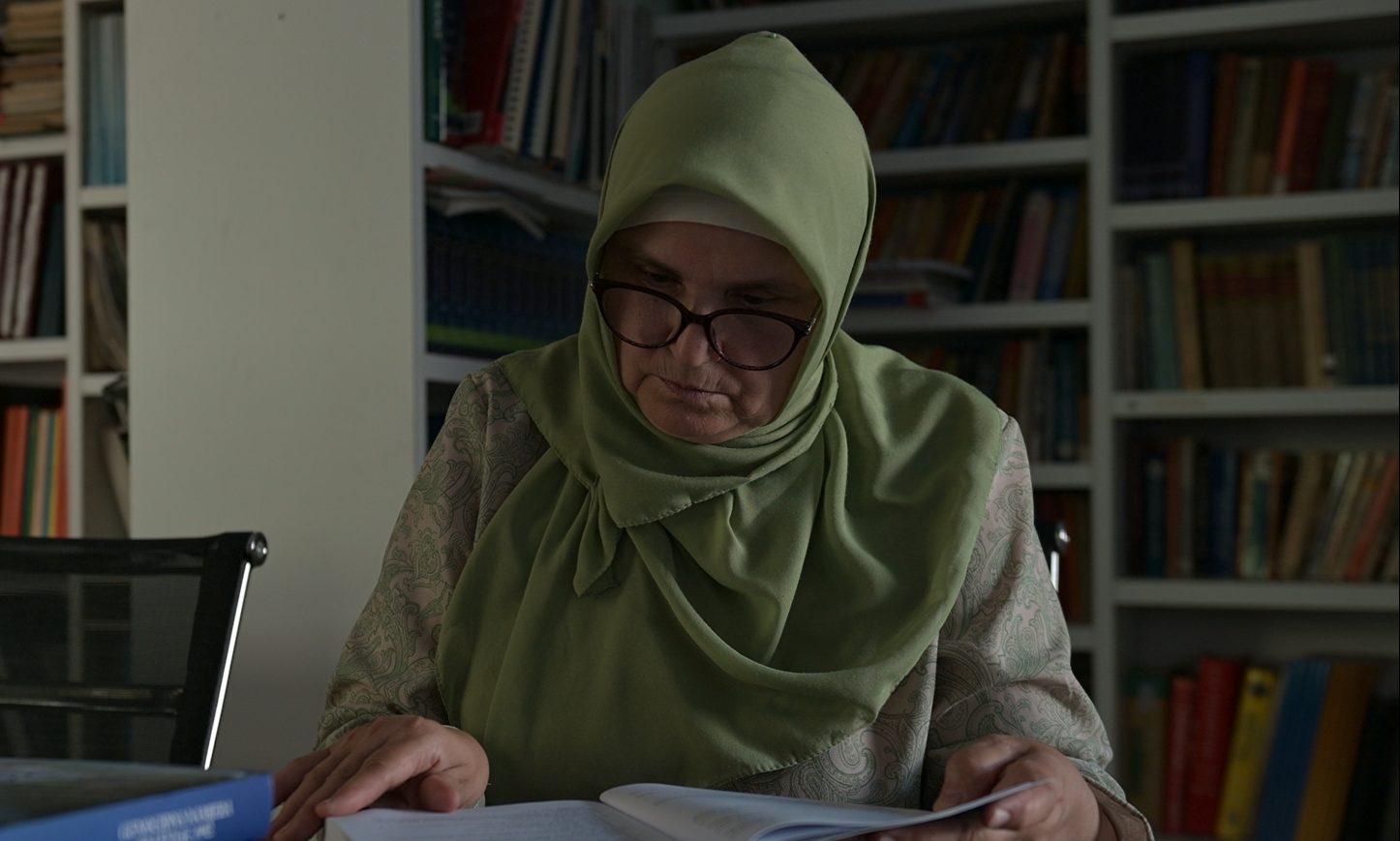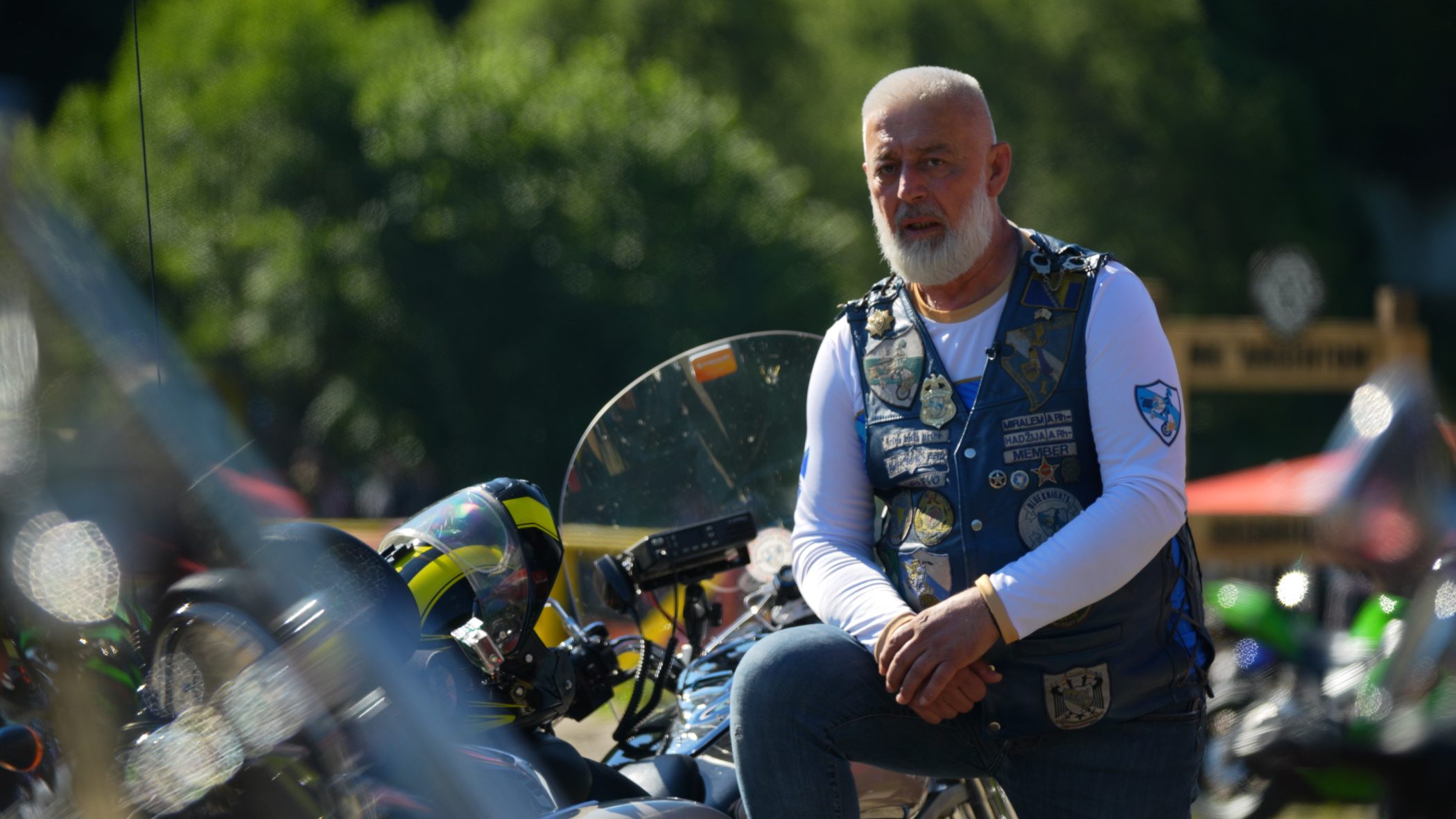This post is also available in: Bosnian
Ibro Zahirovic recorded the chaos in the streets standing from the balcony of his apartment, where he lived during the war, without knowing whether he himself would survive what followed. Over 7,000 Bosniak men and boys were subsequently killed by Bosnian Serb forces under Ratko Mladic.
Almost 30 years since making those videos, Zahirovic was in his workshop repairing TV sets and other appliances. He explained that there was no electricity because of a large-scale power outage across the region.
There was no electricity either when he started to make recordings during the war in July 1992, he told BIRN.
“I could not even make recordings until I managed to build a mini-power pack so I could recharge my batteries,” he said.
Today, people regularly get in touch with him for the recordings he filmed during the war, often because they recognise family members in the videos who are no longer alive. This is what happened when he published a video on YouTube of violin player Suad Mitic.
“After that video, his daughter contacted me. She did not even know what her father looked like. She saw her father for the first time in that video,” Zahirovic said.
Born in Hrncici, near Bratunac, Zahirovic used to repair TV sets in his workshop in Konjevic Polje before the war.
In the spring of 1992, his family left for Germany but Zahirovic remained in the country with his wife, who did not have a passport.
After Cerska and Konjevic Polje fell to Bosnian Serb forces, Zahirovic and his wife left for Srebrenica in March 1993.
‘The situation was catastrophic’

When he went to Srebrenica, Zahirovic took his camera and video tapes and continued to film everyday life in the enclave, where many other people who had fled nearby villages had also arrived, seeking refuge.
“At the time, the situation was catastrophic. There were many people, refugees, and not enough space in buildings and houses to accommodate all of them, so they lived in the streets. It was winter, so they lit fires. It was a scene of horror,” he says.
He filmed what was happening in Srebrenica, primarily in order to show his father after the war what it was like. But he didn’t film every day because his batteries were not always charged and he didn’t have enough video tapes.
“Nobody told me to do that during the war. Whatever I did, I did on my own,” he said.
After his arrival, in April 1993, Srebrenica was declared a protected zone by the United Nations, and UN peacekeeping troops were deployed there. Open fighting stopped, he recalled.
“Another type of life began in Srebrenica. Cultural manifestations and various sports events started to happen at the stadium. I filmed horse races at the stadium, a match with UN peacekeeping forces, tournaments at the stadium,” he said.
During the war, Zahirovic was also a radio amateur and also filmed video messages which families were sending out from Srebrenica.
“We would go and film people to show where they were living. They all lived in poor conditions, in garages, sheds, barracks,” Zahirovic recalled.
He filmed for pleasure and could not have known that his recordings would have such importance after the war.
“When trials began to take place in The Hague, people started to contact me and ask me if I had those videos from Srebrenica and if I had saved them, and various investigators came to see me,” he said.
“I showed them what I had and then they asked me to give them some of the recordings, which they would use in trials.”
One of his videos, shot just before the genocide in Srebrenica began, was shown on international news channels when information about the massacres started to emerge.
“The recording that was played most often and went around the whole world, which I watched on CNN while in Germany, was the one I filmed on July 10 and 11 ,” he said.
The footage reached the outside world even before Zahirovic managed to escape to safety in territory controlled by the Bosniak-led Bosnian army, he added. “I couldn’t believe it – the video arrived in free territory in seven days and I arrived after 36 days.”
Capturing the fall
Zahirovic said it was clear in the afternoon of July 10 that his time in Srebrenica was coming to an end and that the enclave would fall. He went outside to film what was happening – UN soldiers and people leaving.
When it got dark, he returned to his apartment and got ready to leave because he knew he would have to escape through the woods. Thinking about what to pack, he realised his tapes with recorded material were there, and he decided he could not leave them behind.
He took the tape out of 12 videocassettes, rolled it up and packed it into several nylon bags in case of rain.
“To me, it was important to save the tapes, to carry them to free territory,” he said.
He continued to film on July 11 until he set out on his journey through the woods, as did many other fleeing Bosniaks.
“I caught up with a column going towards Jaglici. They were resting. I turned my camera on to see if my battery was empty and I filmed my last recording, just two or three minutes before the battery ran out,” he said.
He continued to carry the camera with him and tried to take the tape out, but the hatch would not open. In the end, he gave the camera to a colleague, who got to Bosniak-controlled territory seven days later and made the recording public.
“Before my arrival in free territory, my video made on July 10 and 11 had already been broadcast by every TV station,” Zahirovic said.
He speaks reluctantly about the 36 days he spent fleeing Bosnian Serb forces, mostly in the woods.
“My journey was long and very hard. The first few days were the worst, until I separated from the large group and joined a smaller group of people,” he said.
“We managed as best we could. It was difficult, we had no food.”
Memories of the dead

After escaping, Zahirovic went to live with his father in Germany, but he then returned to Bosnia and Herzegovina. More and more people were looking for him, primarily because of videos for trials.
“When I saw my videos being played in The Hague, it was a great satisfaction for me at that time, knowing that I had made a contribution and I had done something useful,” he said.
After that, usually during the annual genocide anniversary in July, he began to publish his recordings from Srebrenica on his YouTube channel. When he started sharing the videos on Facebook, he received messages from people who had recognised some of their family members.
During the coronavirus pandemic, he came across a wartime recording of singer Ibro Mujic, which made him sad and he wanted to share it with the public. The video got more than 30,000 views in a few days.
“Ibro Mujic did not survive the genocide. Neither did his brother, father and uncle. Later on, I found out they had all been found and buried next to each other at the Memorial Centre,” he said.
People often ask him about videos of their family members. If he has them, he gives them to these people free of charge.
“When I published Ibro Mujic, his entire family contacted me and thanked me. They said: ‘His mother is crying. She has seen her son singing again after 23 years,’ Can you imagine how it made me feel?” he said.
Filming is still his great love and he uses his YouTube channel and other social media outlets to generate revenue to support his family.
“I love to do this. I don’t want to publish videos of low quality. It is 2024. There are contemporary cameras, drones,” he said. “Maybe I did not have those in the war, but now I have them. I want to show my followers what I am filming in the best way possible now, and I’ll keep it that way.”
By way of illustration, he shows some videos of feasts and entertainment events he has filmed – footage of happy memories, not bitter ones.

